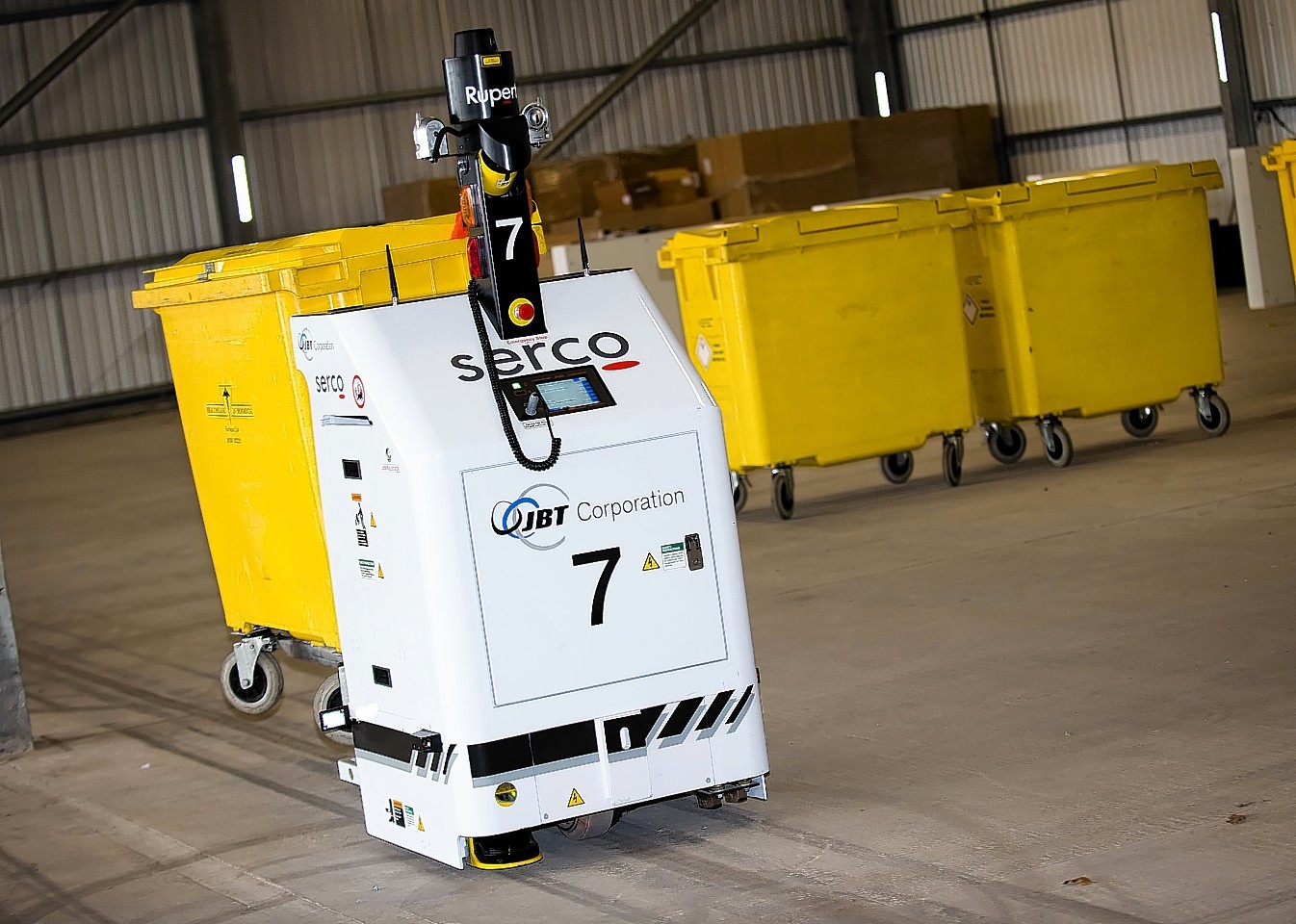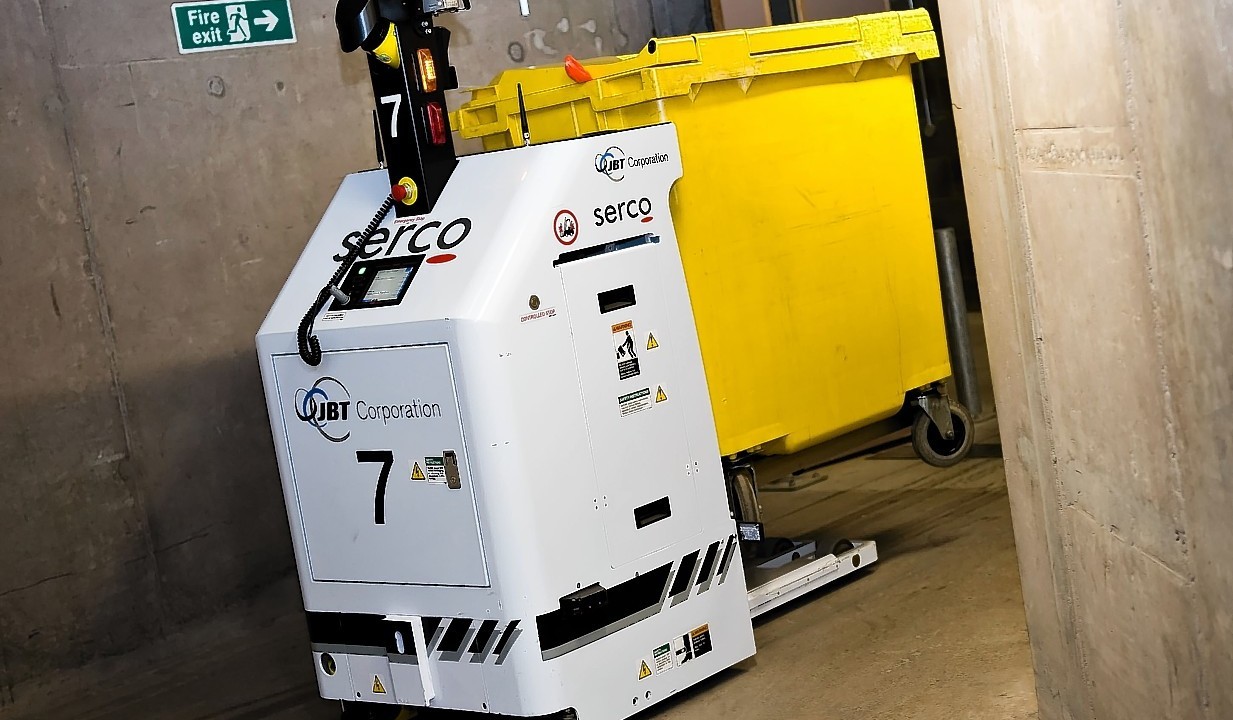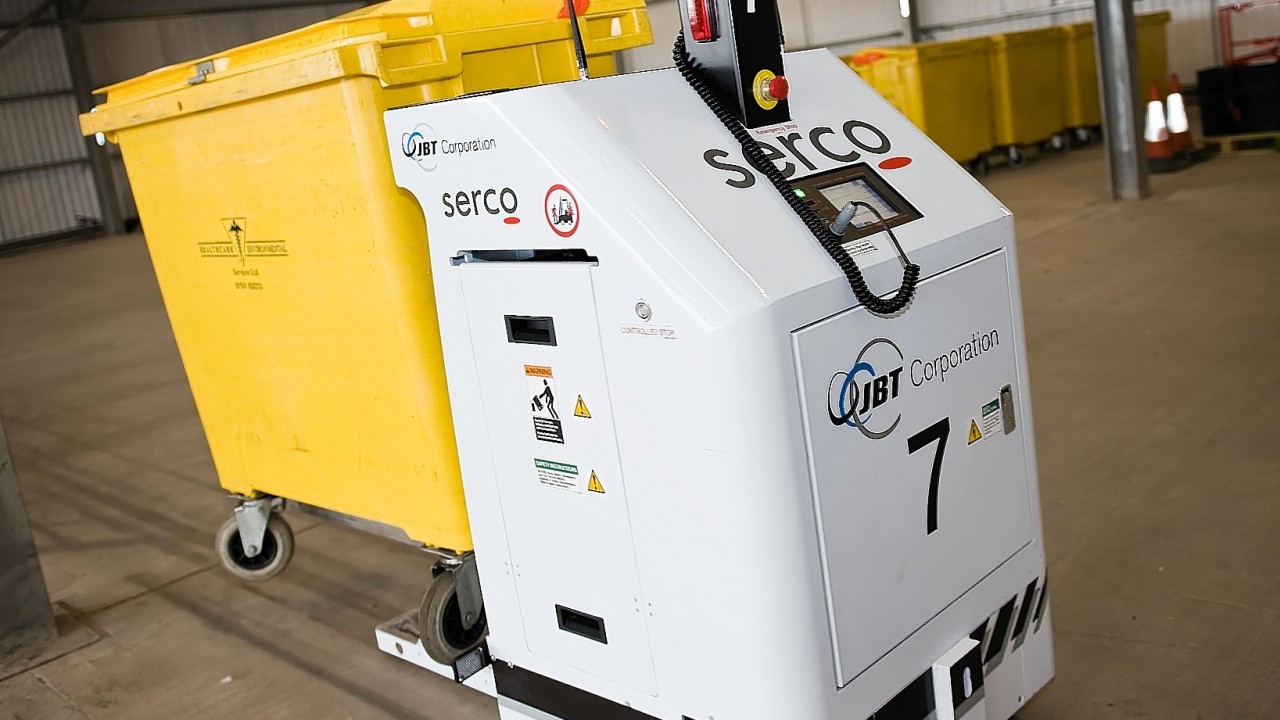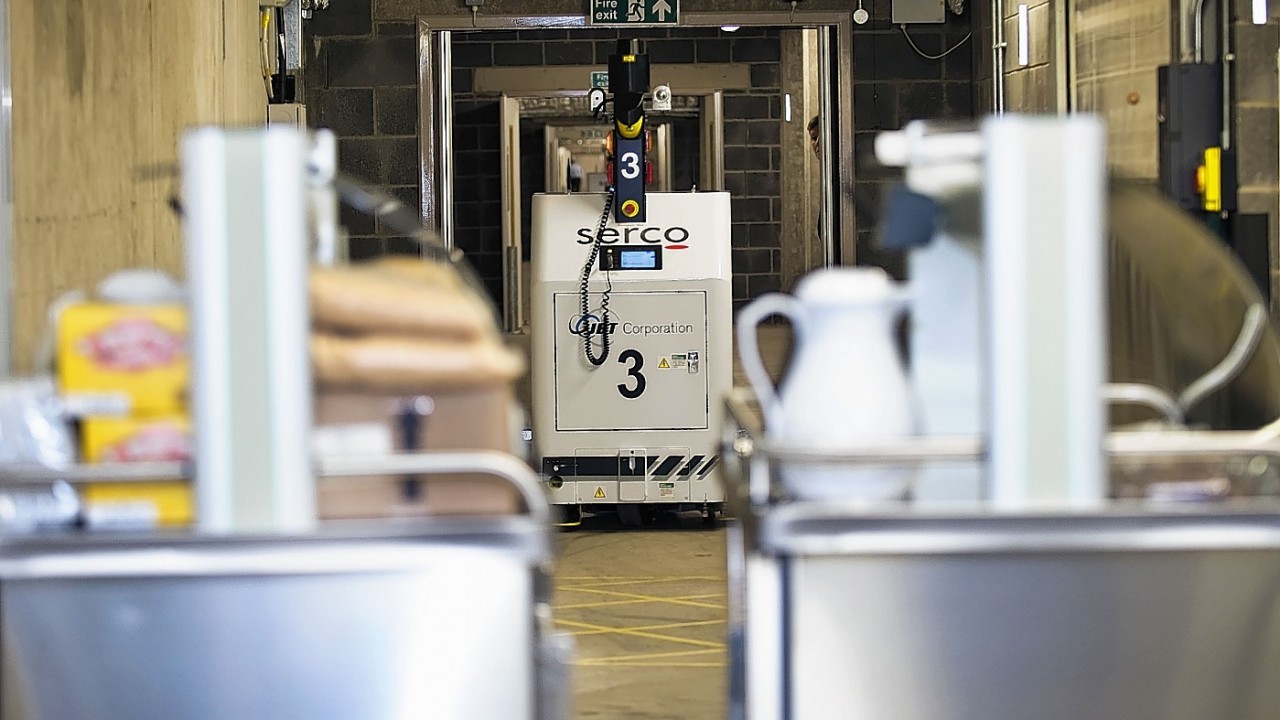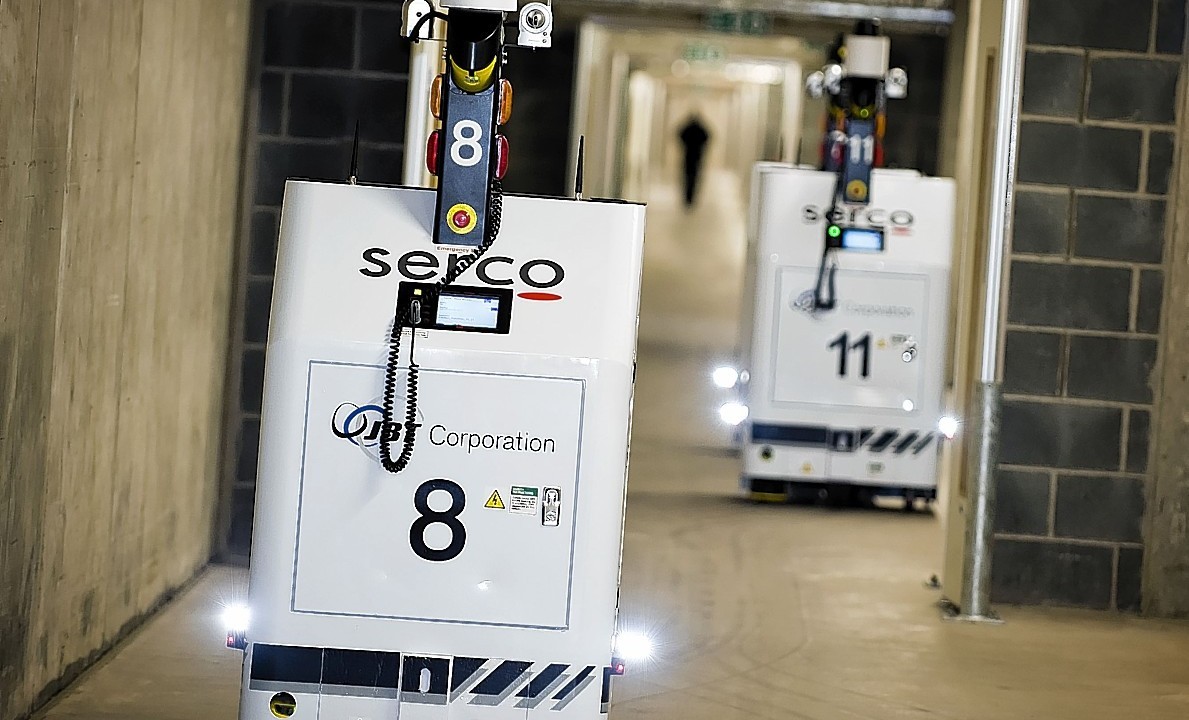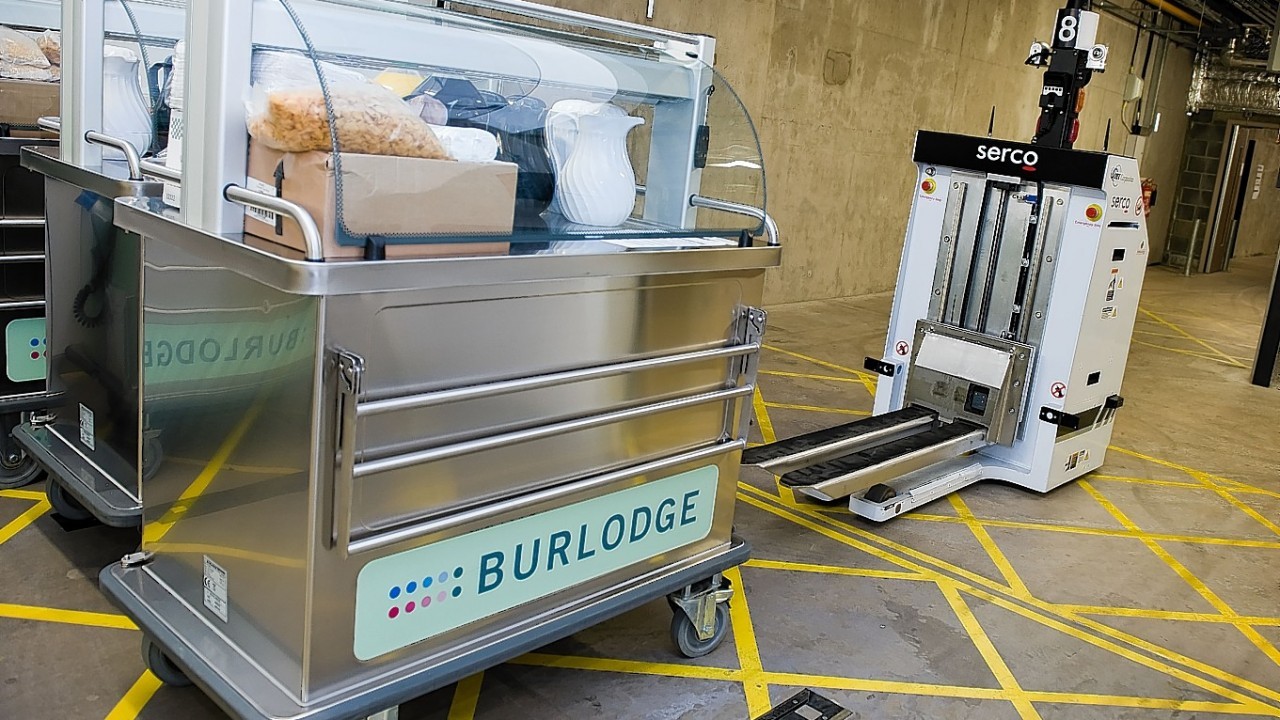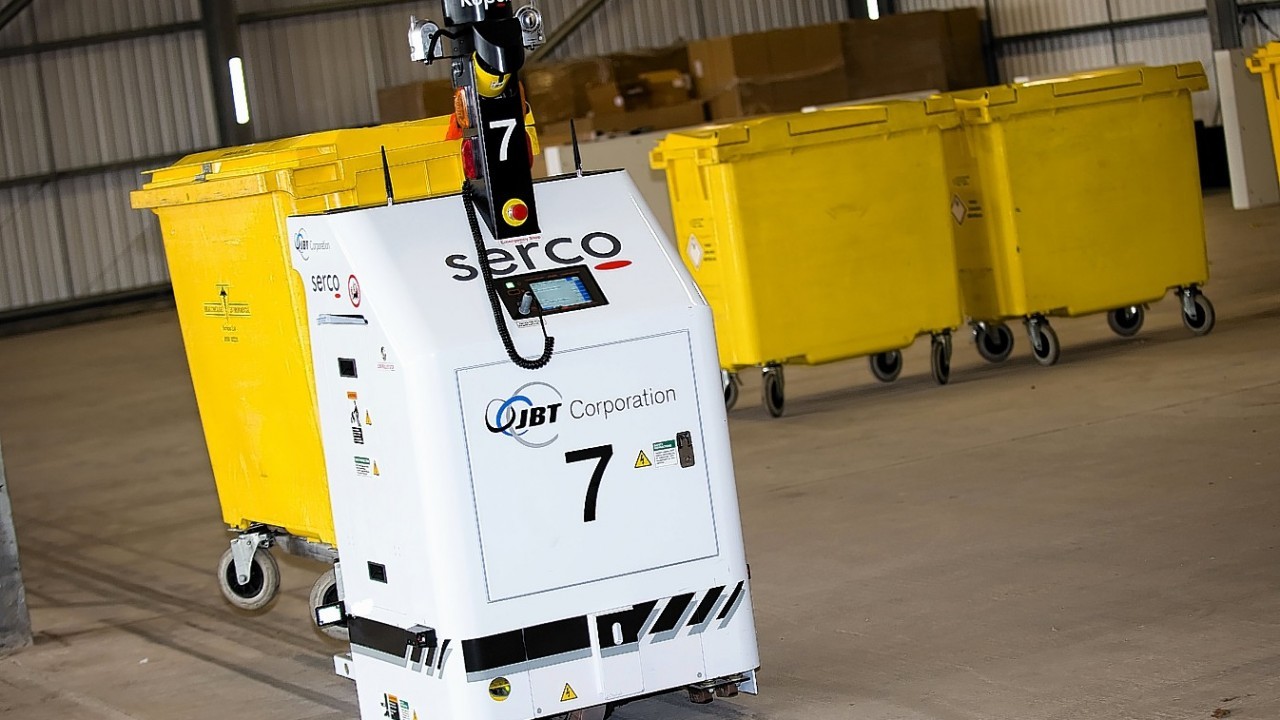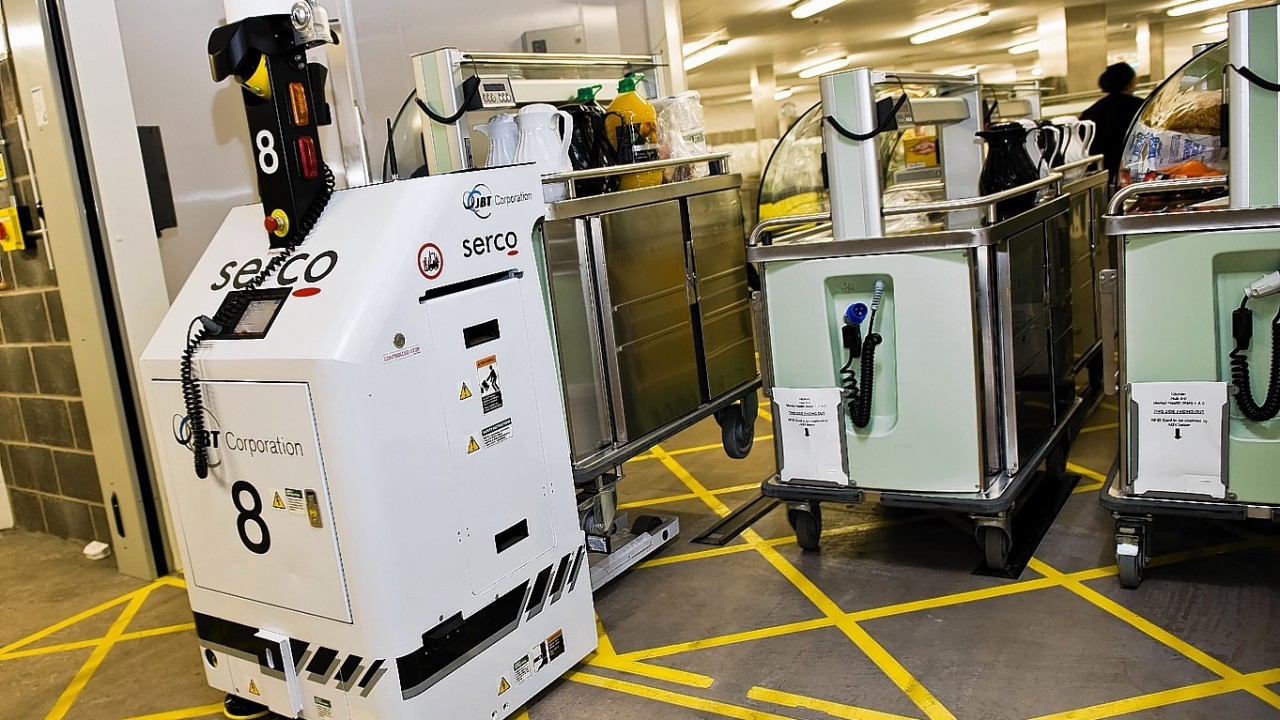Machines are taking over the Scottish NHS, according to new figures on the number of robots being used in hospitals.
At least 84 robots are now in service in hospitals across Scotland, completing tasks ranging from dispensing drugs to ferrying linen.
One health board said that despite installation and maintenance costs, the robots had helped deliver savings of more than £750,000. And while human jobs have been lost, managers insist staff were deployed to areas where a human touch was still appreciated.
NHS Forth Valley is leading the way with a grand total of 40 robots introduced since 2010.
Management have spent at least £130,000 on 13 automated guidance vehicles (AGVs) – robots that move waste and linen and transfer food trolleys to wards.
A further three machines work in “storage, distribution and dispensing of medicine” in a hospital pharmacy, while 24 “ibots” are used with a “mail matrix machine”.
In the pharmacy alone, said the health board, the machines had helped deliver savings of £755,784.
NHS Greater Glasgow and Clyde revealed it is now using 11 pharmacy robots in the South Glasgow Hospitals campus. The machines cost £77,245 over the last 12 months although the board said it did not have information on how many malfunctions occurred or how many repairs were needed.
Grampian has three robots in an automated pharmacy but claimed costs since installation were confidential.
It did reveal that there had been two “accidents” and 11 malfunctions needing “engineer assistance”. Savings were unknown and the board stated no staff have been “replaced” by the robots.
NHS Tayside has four pharmacy robots in Ninewells Hospital, Dundee, making up a pharmacy dispenser that has cost £9,500 a year since its installation in 2011.
Ayrshire and Arran board have two pharmacy robots, while NHS Shetland, Orkney, Western Isles, Borders, Lanarkshire and Fife have none.
A spokesman for health workers’ union Unison said: “We do keep a watchful eye on developments. Not all new technology improves patient care. It’s important to patients that they receive a personalised service from staff.
“Robots tend to take on boring repetitive tasks like dispensing or storing drugs, or pushing heavy trolleys along corridors freeing up staff to do more meaningful work. They can also help to prevent injures like repetitive strain injuries or bad backs.”
